Asynchronous interviews are ideal for high-volume retail roles including sales associates, cashiers, stock associates, visual merchandisers, assistant store managers, and seasonal staff. They're particularly effective for screening large applicant pools during back-to-school, Black Friday, or holiday hiring seasons before bringing candidates in for working interviews.
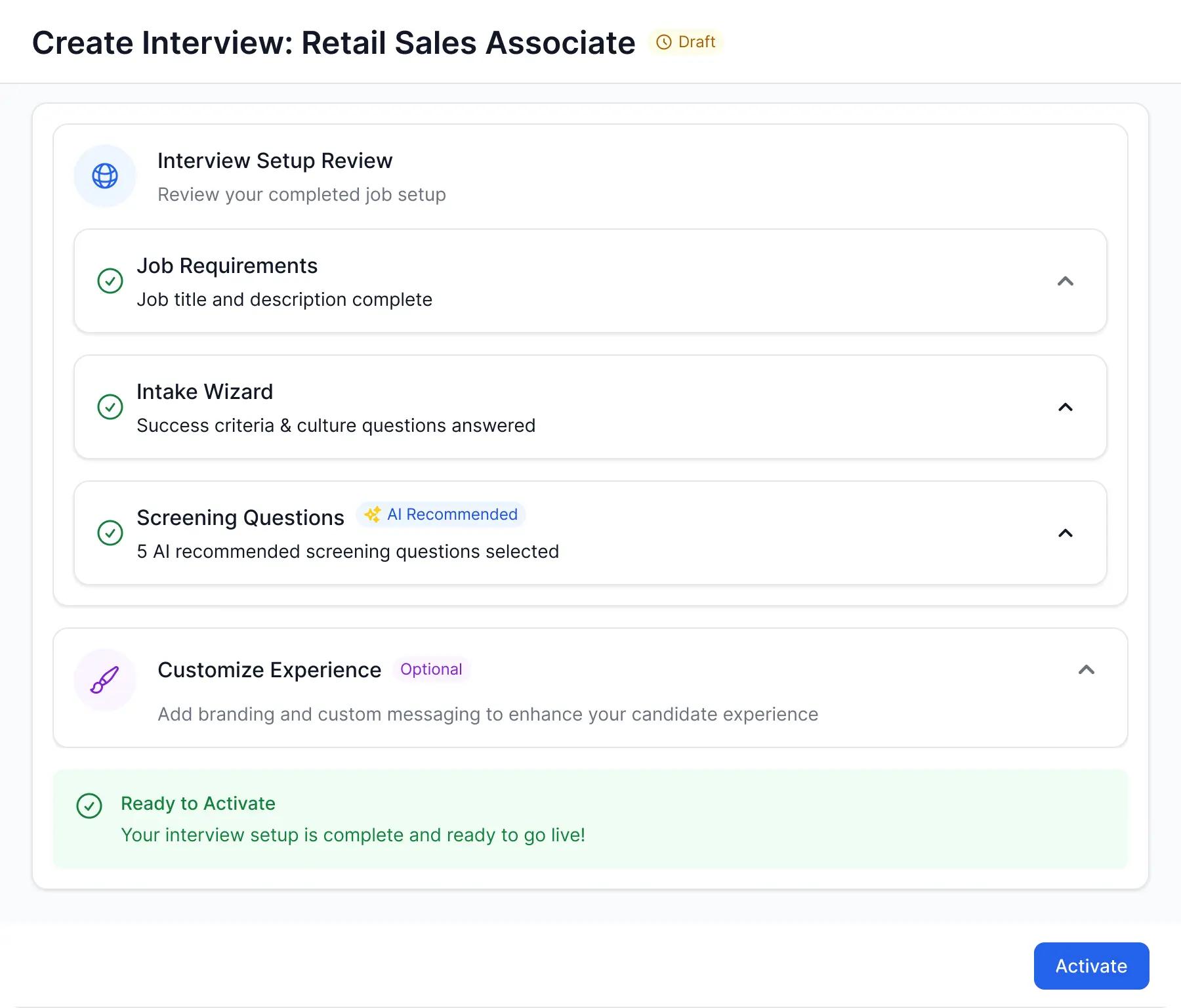
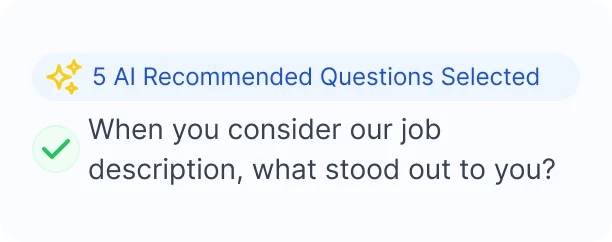
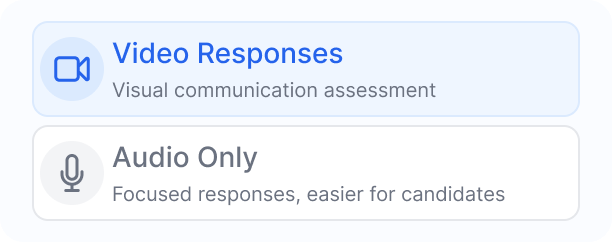
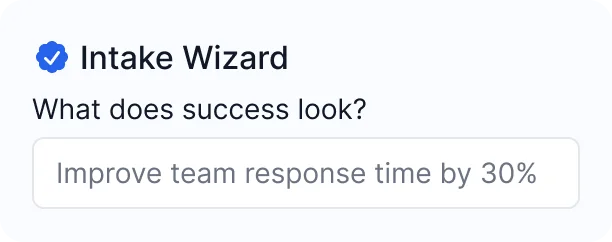
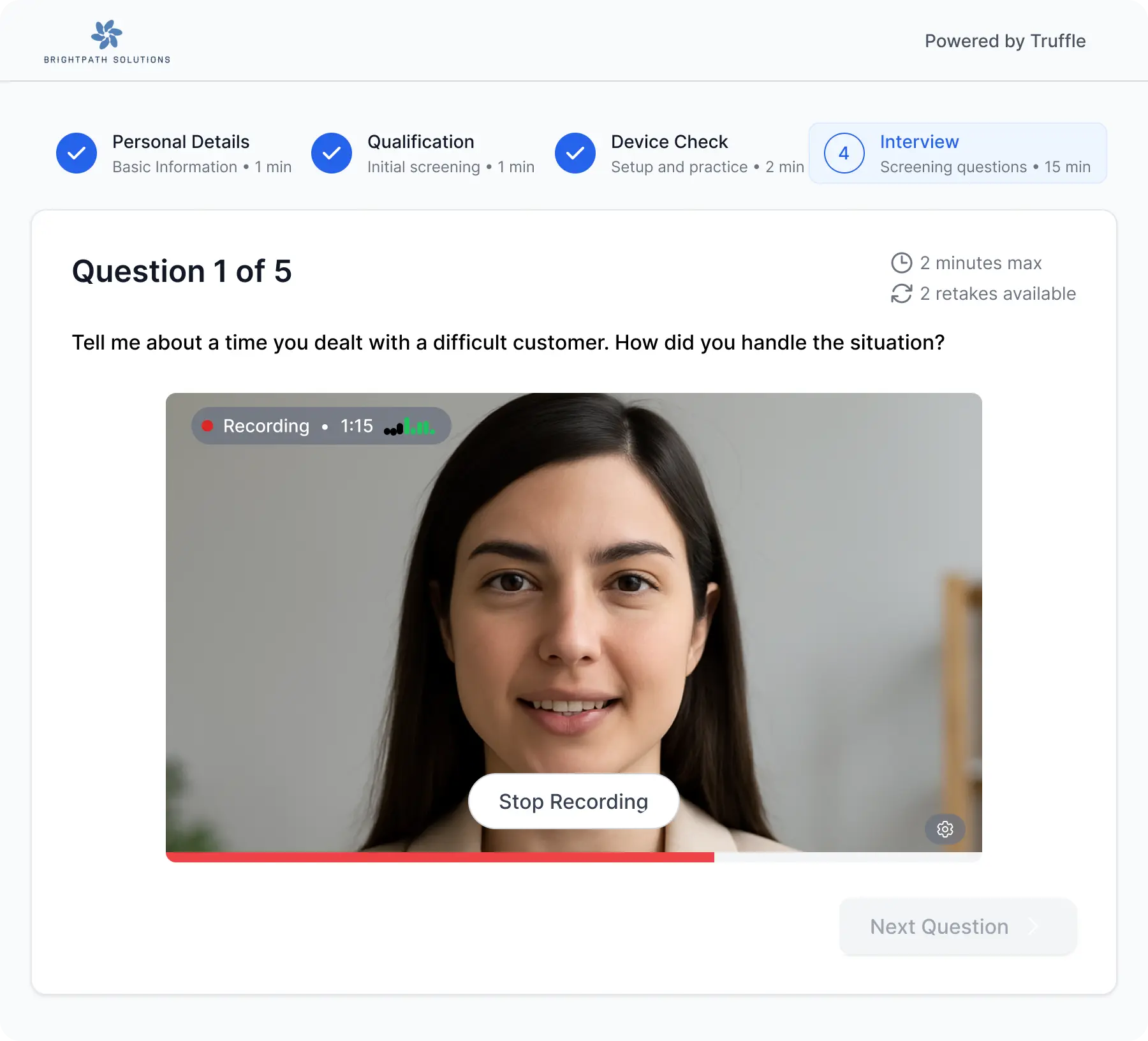





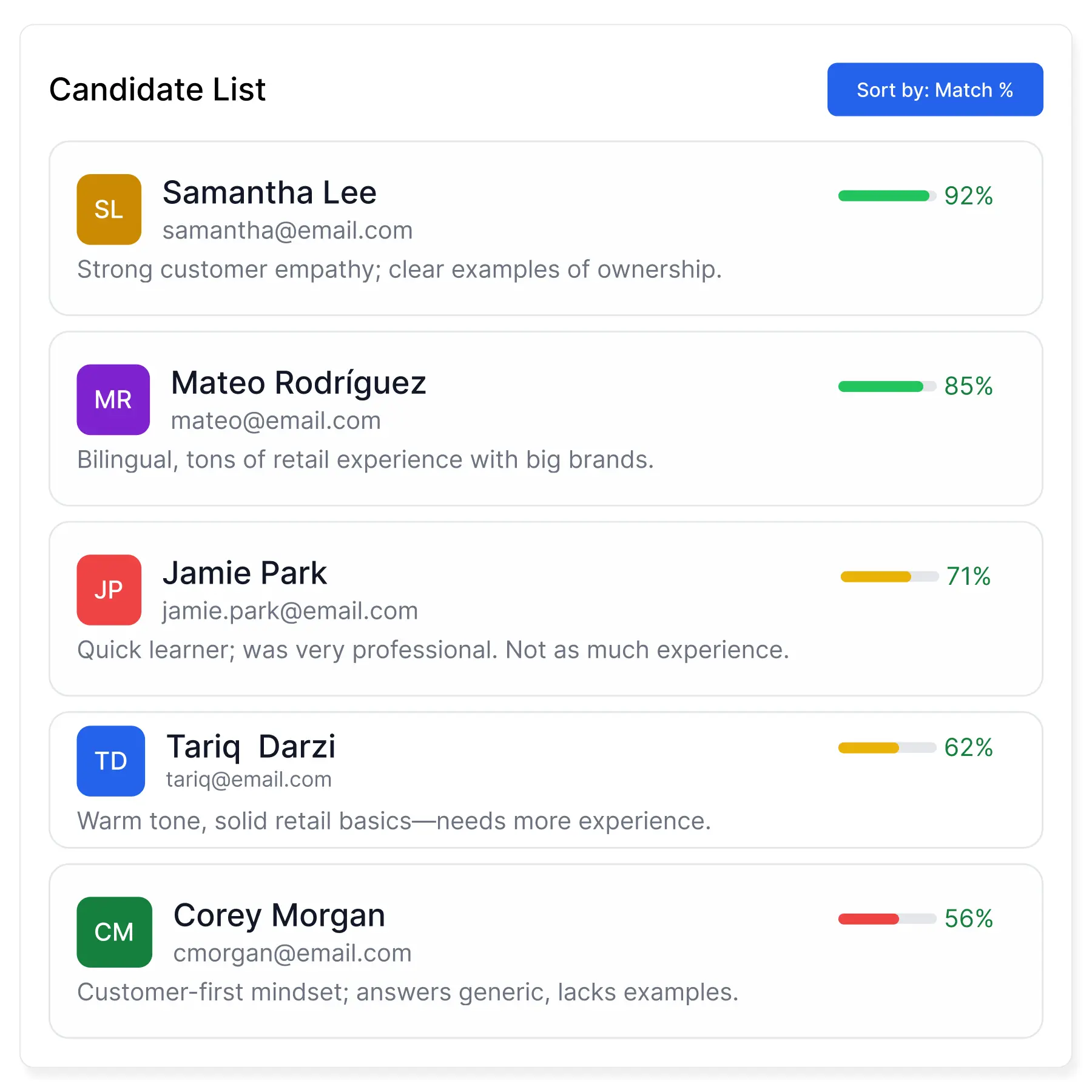
.webp)